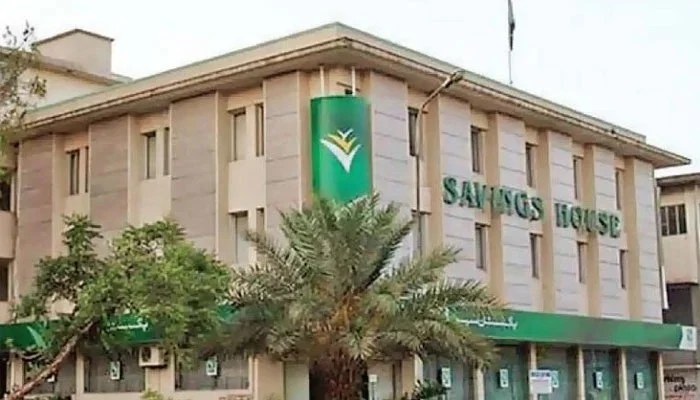Government The recent reduction in profit rates across most National Savings Schemes marks a significant shift in the financial landscape as the government moves to adjust returns on these popular savings instruments. Effective June 27, 2025, the changes reflect a strategic response to the evolving economic conditions and market expectations.
Key Reductions in Savings Schemes
The most pronounced cuts were observed in Islamic savings products. Both the Sarwa Islamic Term Account and the Sarwa Islamic Saving Account experienced a reduction of 59 basis points, bringing the profit rate down from 10.34% to 9.75%. This adjustment indicates the government’s focus on aligning Islamic financial products with broader market trends.
Other savings instruments also faced notable decreases. The profit rate on Regular Income Certificates was trimmed by 36 basis points, settling at 11.16%. Special Savings Certificates witnessed a cut of 30 basis points, reducing the rate from 10.90% to 10.60%. Defence Saving Certificates saw a more modest reduction of 15 basis points, with the new rate set at 11.76%.
For products geared towards senior citizens, such as the Pensioners Benefit Account and the Behbood Saving Certificate, the government reduced profit rates by 24 basis points, bringing them to 13.2%. The Shuhada Family Welfare Account also saw a similar 24 basis point reduction, aligning its rate with senior citizen-focused products.
Interestingly, the standard Savings Account Rate has been maintained at 9.5%, indicating a strategic decision to leave this particular rate unchanged amidst the broader cuts.
Economic Context and Influencing Factors
The adjustments in profit rates are closely tied to the recent decision by the State Bank of Pakistan’s (SBP) Monetary Policy Committee (MPC) to keep the policy rate unchanged at 11%. This decision aligns with market expectations, especially in light of geopolitical uncertainties and their potential impact on international commodity markets.
The ongoing tensions between Israel and Iran have generated considerable uncertainty, impacting energy markets and influencing financial decisions globally. A Bloomberg report highlighted that a majority of analysts had anticipated the SBP’s move to maintain the policy rate, given the rising fears of broader conflict in the energy-rich regions.
This sentiment was echoed by 56% of market participants in a Topline Securities poll, who accurately predicted that the SBP would hold its policy rate steady. The anticipation of continued volatility in international markets likely informed the decision to adjust savings scheme rates, with the expectation that interest rates may decline to around 10% by the end of the year.
Government Historical Perspective and Future Projections
The adjustments are part of a broader monetary policy approach by Pakistan’s central bank, which has been navigating a challenging economic environment. This includes a temporary halt in the easing cycle earlier this year, following a significant reduction in rates from a peak of 22% in June 2024.
In March, the central bank paused its rate cuts after a substantial 10 percentage point reduction. A further 100-basis point cut in May brought the key interest rate down to 11%, underscoring the bank’s commitment to managing inflationary pressures and fostering economic stability.
Role of the Central Directorate of National Savings
The Central Directorate of National Savings (CDNS) plays a crucial role in these developments. As Pakistan’s largest financial institution, it manages assets exceeding Rs3.4 trillion and serves over four million customers through an extensive network of 376 branches nationwide.
Government Savings
CDNS is instrumental in aiding the government to finance budgetary deficits and support essential infrastructure projects. The recent rate adjustments can be seen as part of a broader strategy to optimize the flow of funds into these critical areas while balancing the needs of savers and investors.
These changes in the National Savings Schemes highlight the intricate balance between offering competitive returns to savers and addressing macroeconomic challenges. As the economic landscape continues to evolve, further adjustments may be necessary to maintain this equilibrium and support the nation’s financial health.
Topics #Pakistan #trending pakistan




